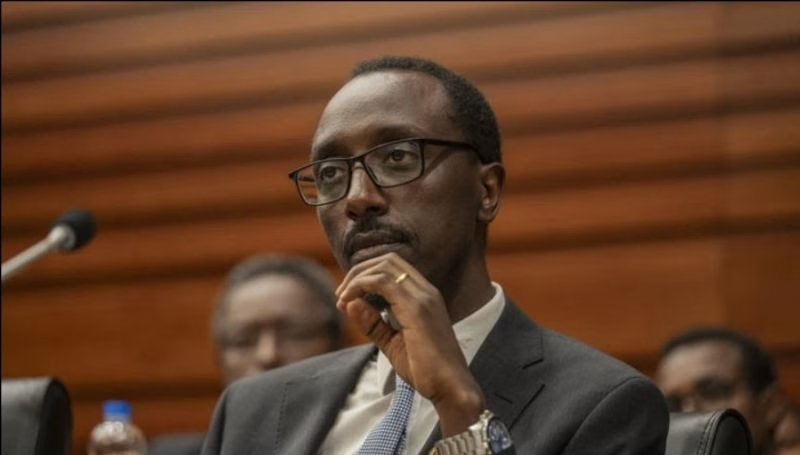Ethiopia has accused Eritrea of preparing for a military offensive, raising fears of renewed conflict in the Horn of Africa. In a letter to UN Secretary-General Antonio Guterres, Ethiopian Foreign Minister Gedion Timothewos alleged a clear “collusion” between the Eritrean government and the Tigray People’s Liberation Front (TPLF), Addis Ababa’s adversary in the recent civil war. In addition, Timothewos claimed Eritrea and the TPLF are “funding, mobilizing, and directing armed groups” in Ethiopia’s northern Amhara region. The accusations signal worsening relations between the neighboring countries, which have a history of conflict with each other, including a border war from 1998 to 2000. This new rift is further complicated by Eritrea’s strengthening ties with Egypt, a country with which Ethiopia also has strained relations, creating a complex and volatile regional standoff.
Aljazeera










